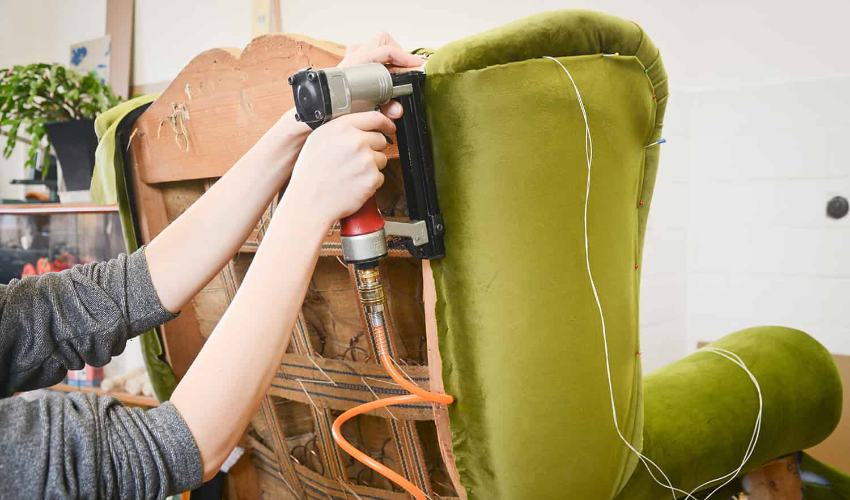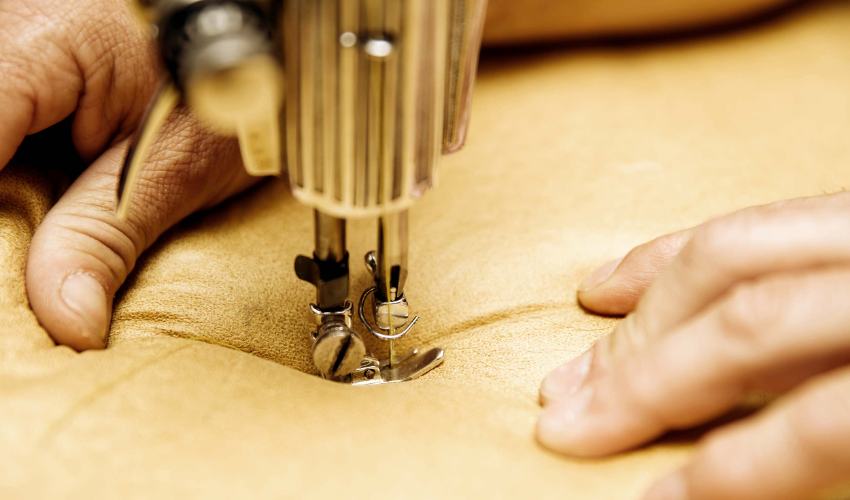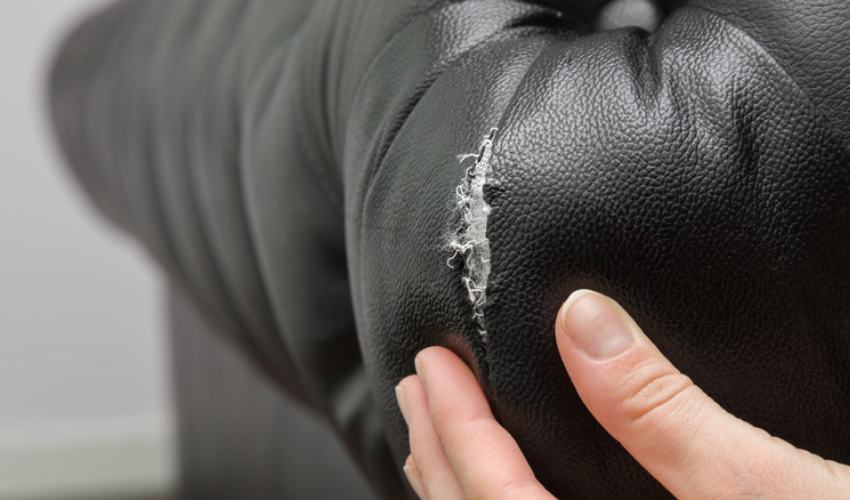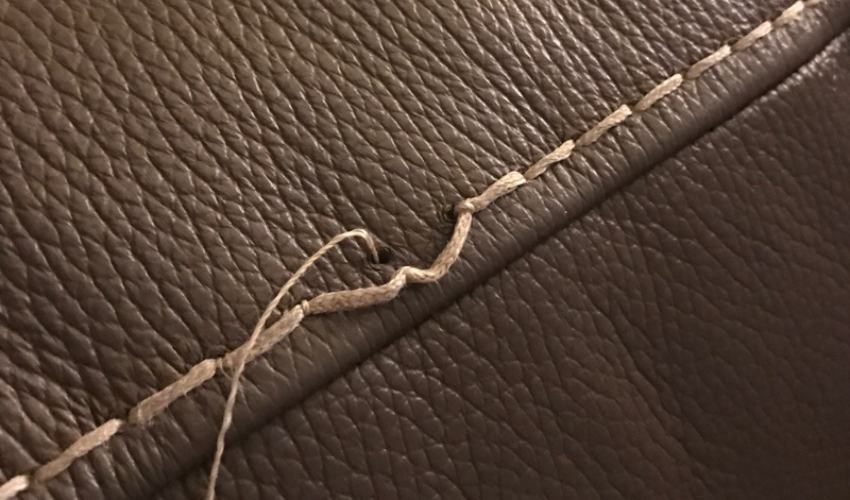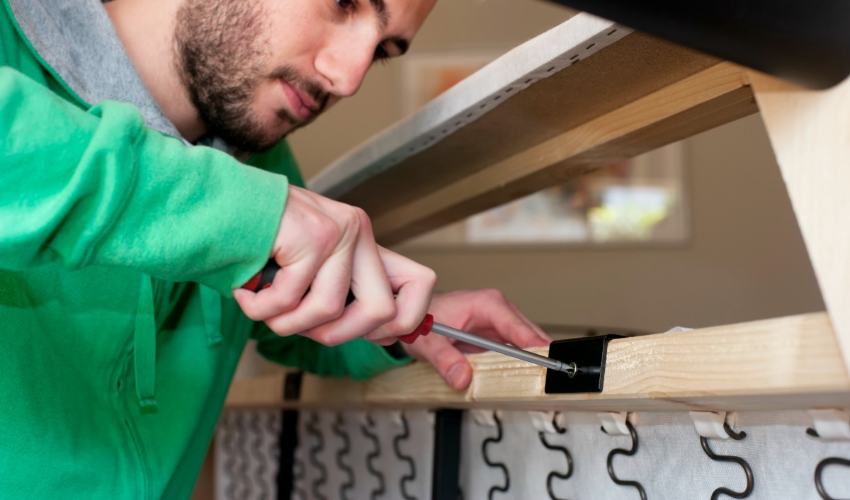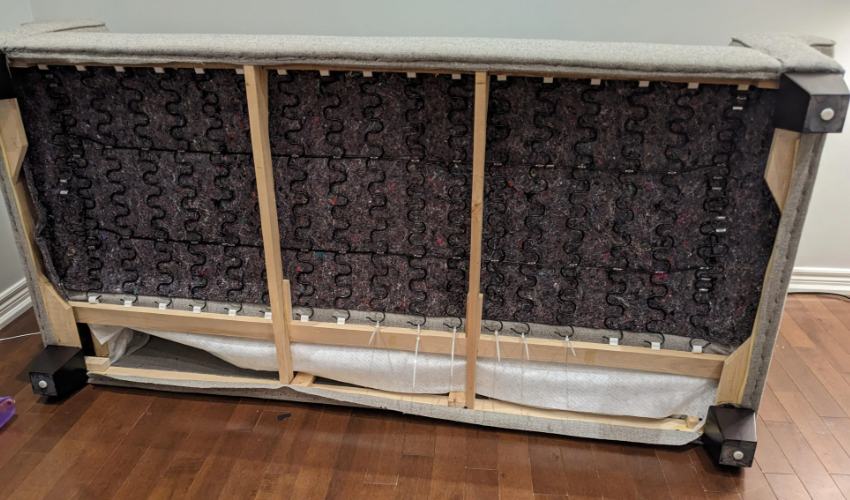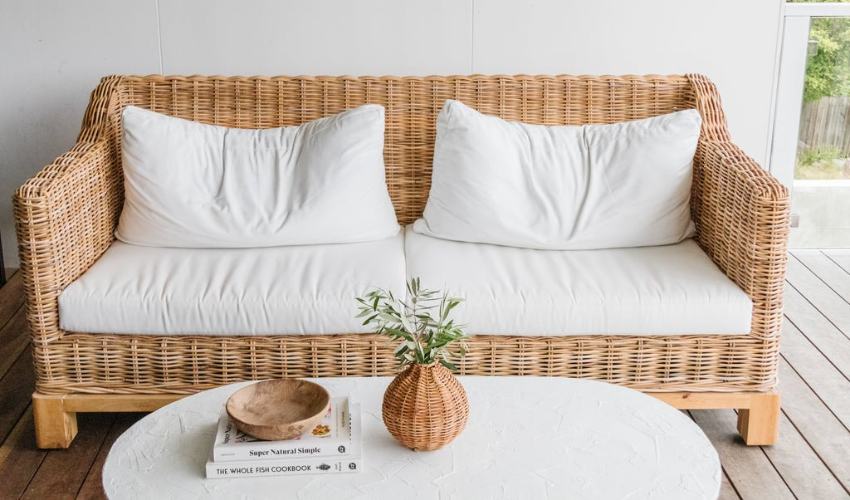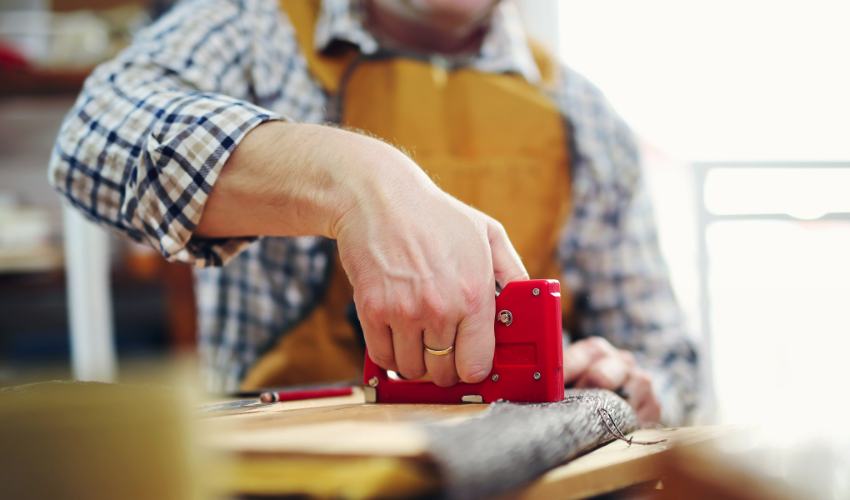Furniture, being the most used item in both residential and commercial settings, tends to go bad after some time. And there are high chances of it deteriorating ahead of time too if you’re not careful about the usage and considerate about the upkeep. If you can relate to this aspect, meaning you’ve got some hugely or mildly damaged furniture pieces, this article is for you.
Carpenter Abu Dhabi welcomes you to read some precise info on conducting upholstered furniture repairs on your own. We’ll be talking about almost all commonly encountered damages and problems when using upholstered furniture. And it goes without saying that having this knowledge at hand will not just save you a lot of money but also keep plenty of hassle away.
Fixing Common Upholstered Furniture Damages
Up ahead, we’ve mentioned a bunch of damages that your upholstered furniture can develop, either due to usage intensity or some sort of accident(s).
Equipment You’ll Be Needing
Here’s a mainstream and combined list of items with which you’ll be able to reverse several upholstered furniture impairments.
- Upholstery Fabric, Foam and/or Batting
- Staple Gun
- Measuring Tape
- Staples
- Scissors
- Pliers
- Needle
- Threads
- Screw Driver
- Fabric Glue
- Fabric Marker/Chalk
Usual Furniture Upholstery Defilements And Their Fixes
Most damages to custom made furniture upholstery are not severe to the point of requiring professional assistance. Still addressing them timely is crucial to not compromise comfort provision as well as overall area aesthetics.
Let’s see what you gotta do.
1- Upholstery Tears/Rips
- In case of minor tears, you’ll need to stitch to sew the fabric back. Make sure the thread you use matches the upholstery fabric and proceed from the backside.
- For larger tears, you will have to cut a patch from the spare upholstery fabric. It should be a bit bigger than the tear. Afterwards, simply slide it to the underside of the torn or ripped flap and secure all its edges with a heavy-duty fabric glue.
2- Loosened Upholstery Stitches
For fixing slacken stitches, you need to use of a strong thread. Sew the loosened seam to close it similar to the original pattern of stitching.
3- Broken Furniture Frame
In case of minor cracks, wood glue can be used for fixing. Whereas if the frame has been broken a bit excessively, you’ll need to use screws.
4- Loosened Springs
If springs have been loosened, tightening them by using secrews or bolts. But if they have been broken, then a replacement is necessary. A spring stretcher will make the work easier for you. If springs have been loosened, tightening them by using secrews or bolts. A spring stretcher will make the work easier for you.
5- Sagging Cushions
Replace the filling of the cushion with foam or batting, depending on the type. Consider adding the batting or foam liberally to improve its comfort and look as well. You can also go for changing the covers of your cushions for a newer appearance.
Tips And Hacks To Make Your Upholstery Repair Project Successful
Take these factors into account while you’re doing the upholstery fixing job and you will be able to get done with it seamlessly and without significant troubles.
- If the type of fixing work you are going to do is mainly about using fabric glues or adhesives, make sure to choose a highly ventilated area for working to avoid health or respiratory problems.
- Ensure the usage of gloves to keep your hands safe from needles/scissors/staples, sharp furniture edges and/or splinters.
- While patching upholstery, make use of pins to hold the newly cut fabric patch securely in place as you glue it in the required space.
- All the fabric patches, threads and staples you utilize must be a seamless match to the upholstery you’re working with (for obvious reasons).
- Always work your way from inconspicuous or hidden areas to those that are relatively prominent. This will provide you with enough room to practice and fix any misconducts.
- Do reach out to the professionals if you feel that the complexity of your furniture repair project is more than what you can handle and/or the item is very precious or of sentimental value. The most common examples in this regard are springs or webbing replacements.
- The new upholstery fabric you add must be durable and heavy-duty as well, so as to hold up with all the upcoming usage and make the treatment long lasting.
Concluding Everything
Addressing and fixing upholstered furniture does not always have to be a bummer; you can pull it off with just a bit of knowledge and the signature DIYer passion! Within our guide, we’ve included a range of issues experienced with upholstered furniture along with simple, efficient ways to deal with them. Other than saving money, you will also be able to multiply the comfort extent of your furniture items, which will eventually lead to several health benefits. And as per our final remarks, we’d wish you the most pleasant experiences in regard to furniture fixing and upkeep.

